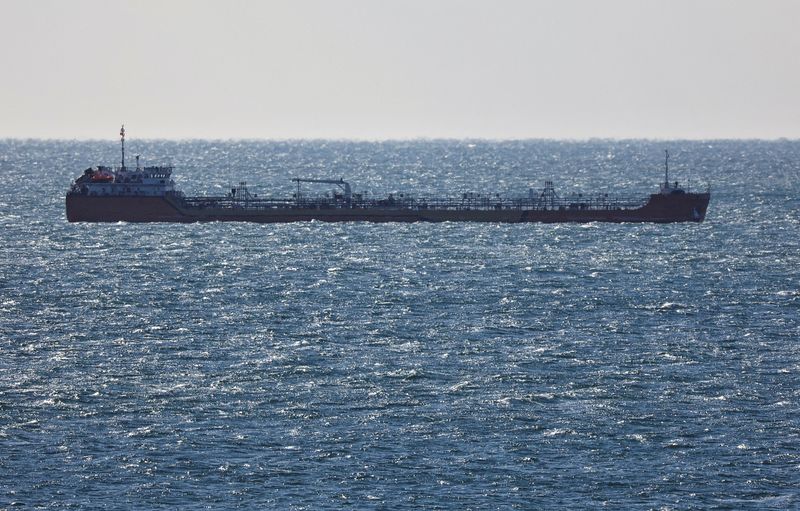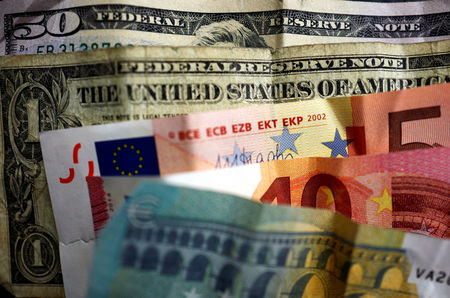
SINGAPORE (Reuters) – Oil prices slid $2 in early Asian trade on Tuesday as OPEC lowered its outlook for global oil demand growth in 2024 and 2025 and a media report that Israel is willing to strike Iranian military and not nuclear or oil targets.

Brent crude futures were down $2.11, or 2.7%, at $75.35 per barrel, while U.S. West Texas Intermediate crude futures fell $2.07, or 2.8%, to $73.76 per barrel as of 0045 GMT. Both benchmarks had settled about 2% lower on Monday.
Israeli Prime Minister Benjamin Netanyahu told the U.S. that Israel is willing to strike Iranian military targets and not nuclear or oil ones, the report said.
This post is originally published on INVESTING.


